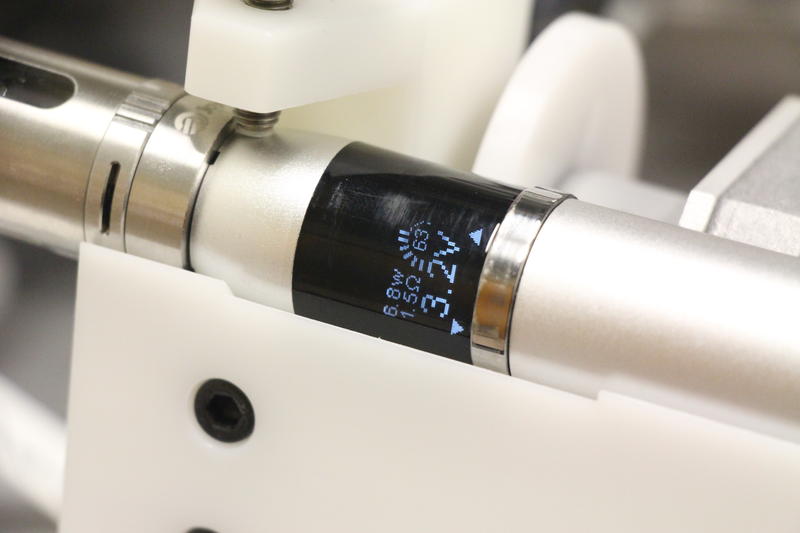by Robert Zullo, Kansas Reflector
Scientists at a U.S. national laboratory announced Tuesday that they achieved fusion ignition, a breakthrough decades in the making that could have major implications for clean energy.
Researchers at the Lawrence Livermore National Laboratory near San Francisco said that on Dec. 5, for the first time anywhere in the world, they managed to produce more energy from a nuclear fusion reaction than was needed to produce it.
“This is what it looks like for America to lead. And we’re just getting started,” said U.S. Energy Secretary Jennifer Granholm.
However, at the announcement, officials said it would be years before a commercial application, such as a fusion power plant, might emerge.
“There are very significant hurdles, not just in the science but in technology,” said Kim Budil, director of the Lawrence Livermore National Laboratory.
“Probably decades. Not six decades I don’t think. Not five decades, which is what we used to say. I think it’s moving into the foreground and probably with concerted effort and investment, a few decades of research on the underlying technologies could put us in a position to build a power plant.”
Granholm said the Biden administration has a goal of getting to a commercial fusion reactor in a decade.
“We’ve got to get to work and this shows that it can be done, which has been a question,” she said, adding that now researchers can begin improving the technology necessary to bring a commercial project to fruition.
Fusion, the same scientific process by which the sun and other stars are powered, involves the merging of two light atomic nuclei to form a single, heavier nucleus, a reaction that releases “massive amounts of energy,” according to the International Atomic Energy Agency.
Scientists have been attempting to harness fusion power since the 1930s because of its potential to provide vast amounts of clean energy, since fusion produces little waste and poses none of the hazards of nuclear fission, which splits atoms to generate heat. The challenge, however, has been recreating the conditions that allow fusion to occur, including extreme pressures and temperatures exceeding 100 million degrees Celsius.
“In this experiment we used the world’s most energetic laser, the National Ignition Facility, to create X-rays that cause a tiny capsule to implode and create a very hot, very high pressure plasma,” said Mark Herrmann, the lab’s program director for weapon physics and design.
“And that plasma wants to immediately lose its energy. It wants to blow apart, it wants to radiate. It’s looking for ways to cool down. But the fusion reactions are depositing heat in that plasma. … So there’s a race between heating and cooling. And if the plasma gets a little bit hotter, the fusion reaction rate goes up, creating even more fusions … which gets even more heating. And so the question is can we win the race? And for many many decades we lost the race. … But last Monday that all changed.”
Herrmann and other officials said the fusion breakthrough will also help ensure the safety and effectiveness of the nation’s nuclear weapon stockpile, which is also part of Lawrence Livermore’s mission, without underground weapons testing, since fusion ignition is a component of thermonuclear weapons.
Arati Prabhakar, director of the White House’s Office of Science and Technology Policy, recalled the summer she spent at Livermore as a student in 1978 working on lasers related to fusion experiments.
“They never lost sight of this goal,” she said. “And last week lo and behold, indeed they shot a bunch of lasers at a pellet of fuel and more energy was released from that fusion ignition than the energy of the lasers going in. … I just think this is such a tremendous example of what perseverance really can achieve.”
Andrew Holland, CEO of the Fusion Industry Association, a nonprofit working to commercialize fusion power that calls itself “the unified voice of the fusion industry,” said in a statement that the announcement is “an important milestone” and evidence that fusion “is not science fiction.”
“This will give governments around the world further incentive to support the development of commercial fusion energy,” Holland said. “It also shows that now is the time to establish regulatory regimes which both protect the public and encourage innovation. The FIA and our member companies will continue to meet milestones and drive rapid increases in fusion investment, while supporting efforts to increase interest from governments around the world.”
Kansas Reflector stories, www.kansasreflector.com, may be republished online or in print under Creative Commons license CC BY-NC-ND 4.0.

